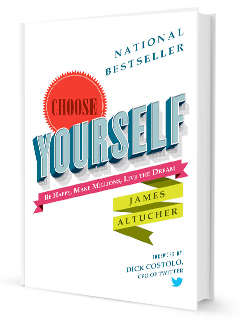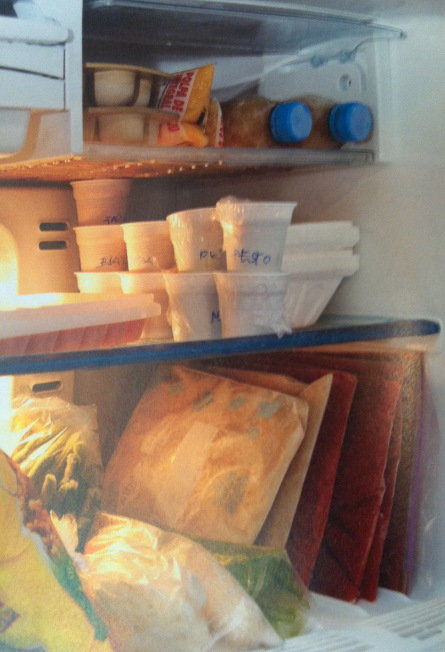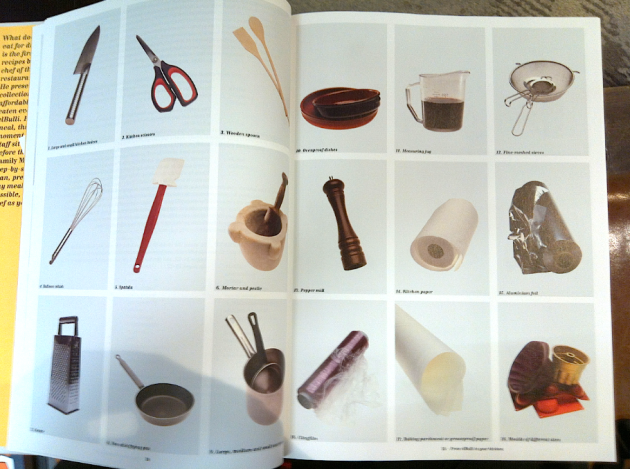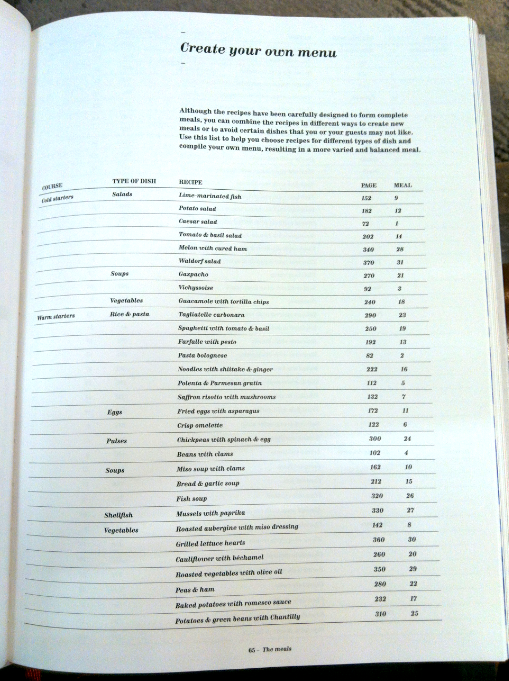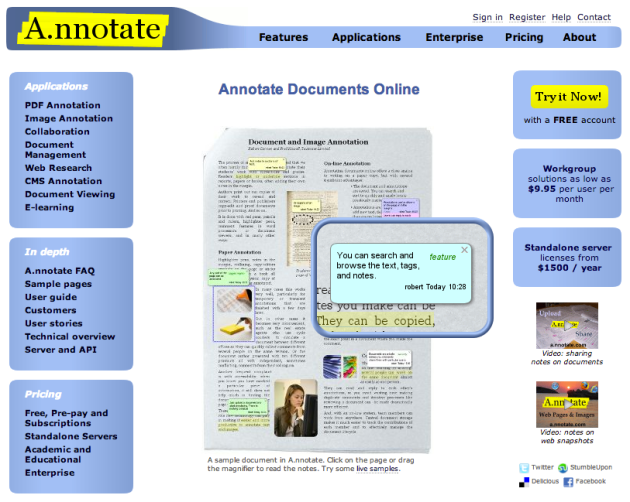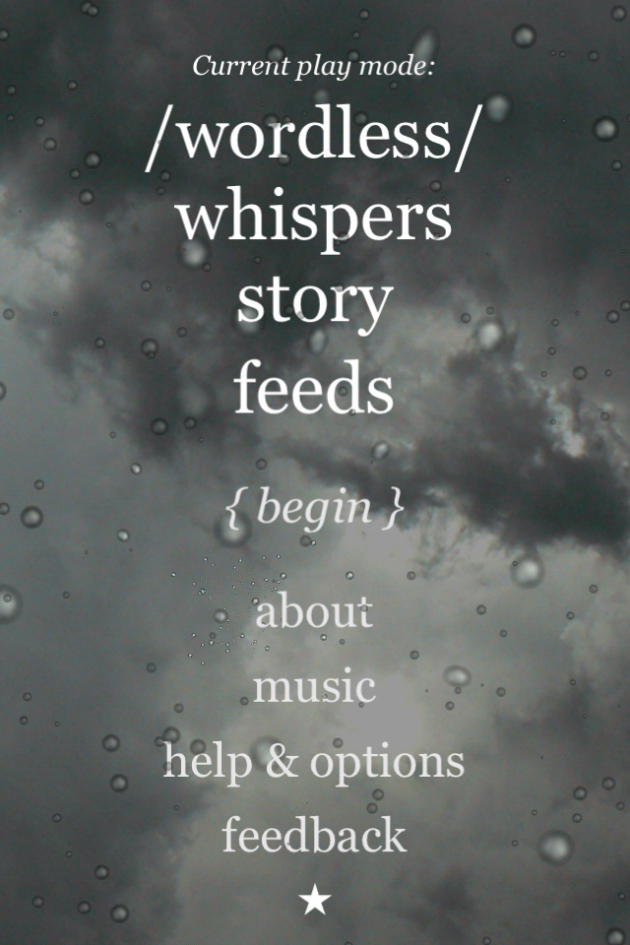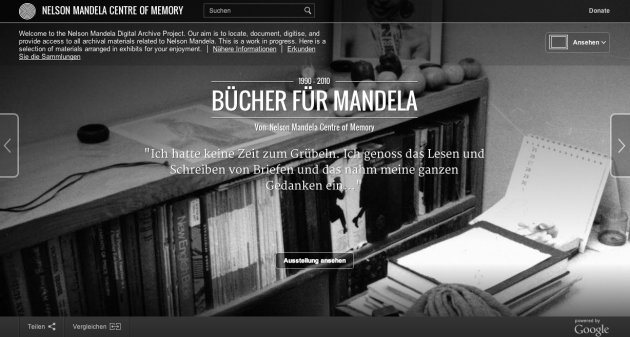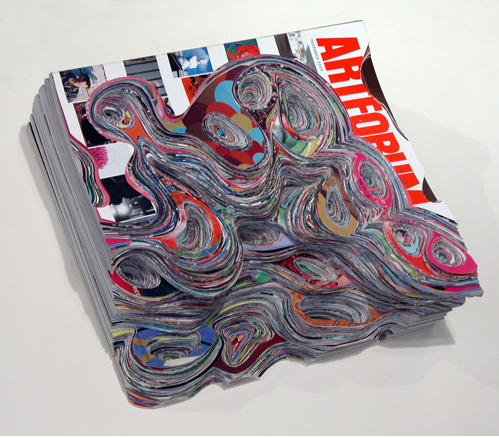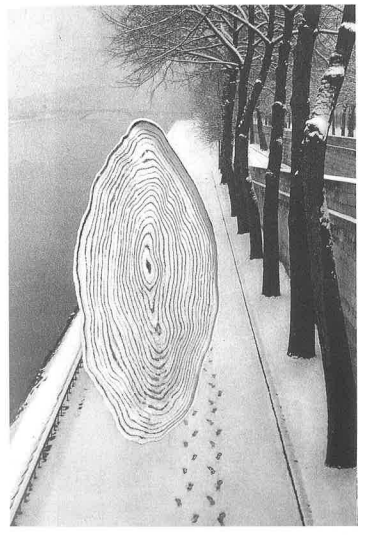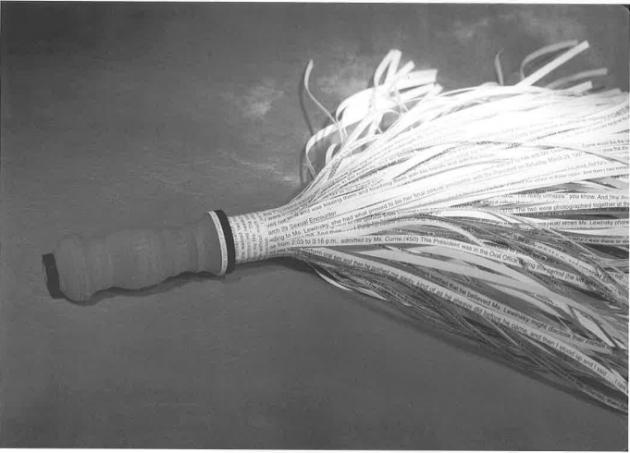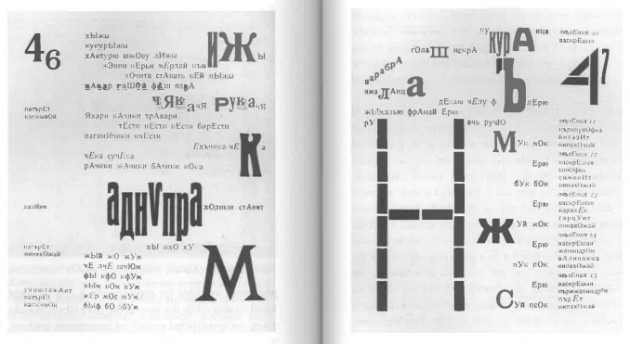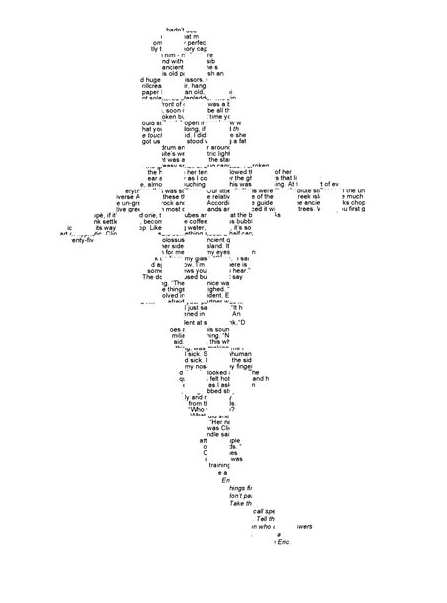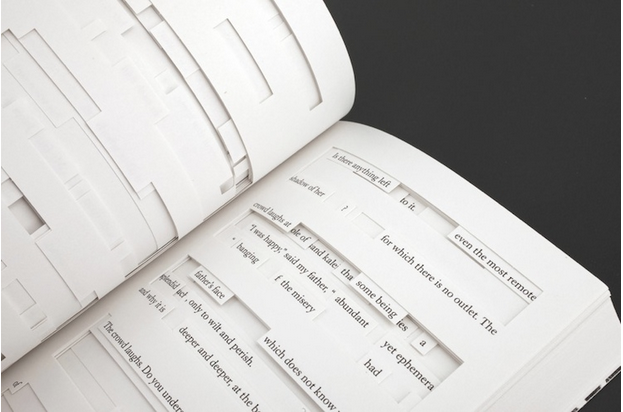RapidSMS is a free and open-source framework for dynamic data collection, logistics coordination and communication, leveraging basic short message service (SMS) mobile phone technology.
professional self-publishing
James Altucher has published his 11th book. One of the books I probably won’t read. His article on tech crunch however, touches on some very interesting issues. He establishes self-publishing as way to run business. According to him (“I hope that everyone self-publishes”),
“the distinction now is no longer between “traditional publishing” versus “self-publishing.” The distinction now is between professional versus unprofessional publishing.” And the benefits for professional self-publishing seem enormous: more money, foreign rights, special packages you can offer, control over design, speed, content control and you can choose everything yourself (!). For James, the potential to publish on multiple platforms provides for a comprehensive cross media advertising campaign. Besides the book he has a video trailer, an ebook, an audio book, slide presentation, special packages and a special market offer. He is present on twitter, in the Bitcoin discourse, and of course has a well-maintained blog with a solid number of regular followers.
Noteworthy, he breaks down the recent publishing history into three stages:
“1 was publishing with a traditional publisher. 2 was when the stigma of self-publishing went away and an entire new artistic outlet was open to millions of people (15 million books published last year versus 300,000 10 years ago). And 3 is starting right now — where you can self-publish better, more successfully, better edited, better designed, better marketed, and make more money than if you go any other route. The reason this is possible only now is because for the first time, the best editors, designers, marketers are no longer working at the big publishing houses. Instead, they are striking out on their own and independently charging for their services. The demand is there. This route is more expensive than “publishing 2.0″ but is much more lucrative.”
In all this he remains very faithful to the book as a book.
And what would a good how-to book be without a clear cut how to professionally self-publish your next book? Nothing!
(slightly abbreviated)
1) BUILD YOUR PLATFORM: Twitter following, Facebook following and/or a significant blog following.
2) HOW DO YOU BUILD YOUR PLATFORM: Have an honest voice. Provide unique perspective. Blog on bigger sites that aggregate bloggers or podcasts or whatever.
3) WRITE: write 500-2000 words every day to keep exercising the writing muscle. And read good writers every day. Get a high-quality foreword for the book.
4) KNOW WHAT YOU WANT:
If you are self-publishing then you can publish your book right now without any other effort. Go toCreateSpace (owned by Amazon), check the box that you want to be both paperback and Kindle (it costs an extra $69 to be on kindle), pick a cover, upload your manuscript, and in a few days you will be published on Amazon and people can start buying your book.
If your goal is to have a published book and use it to get customers, consulting gigs, speaking gigs, etc., or a beginning set of readers for your next book, then by all means publish this way. It’s the fastest way to do it. I highly recommend it.
But if your goal is to put out the best possible product, maximize the money you make, and get the most readers, then follow the next steps, what I call “Publishing 3.0.”
5) EDITING
copy editors for basic spelling and grammar.
and one prime editor to structurally edit your publication (a la Maxwell Perkins in the 1930s)
6) DESIGN
Hire a designer (of your choice) to do your cover and interior design.
7) AUDIOBOOK
two things about audiobooks:
1. “When people see you have an audiobook, they see your book as even more credible. It stands out from the average self-published book when you have an e-book, a print version, and an audiobook. Plus, the audio book is more expensive, so even though there are fewer sales, it’s decent money.” By the way, if you self-publish, always do a print book at the very least. Even if 99 percent of your sales are going to be e-book.
2. “Make an audiobook. For your kind of book, people will love listening to it while they drive into work.”
Again, professionalism when recording an audiobook (perhaps get a voice coach, too)
But the best reason for doing the audiobook is it forces you to really look at your writing and hear what works and what doesn’t. I rewrote about 20 percent of the book after reading things that didn’t quite sound right out loud.
8) TITLE
Total control over the title.
9) MARKETING
Get a good agency (60 podcasts, radio interviews, speaking engagements and guest posts on popular blogs and websites) providing SlideShare presentation, Bitcoin press coverage (a month before I released the book and became the first book ever pre-released solely on bitcoin. we got several key media sources to cover this), a special market offer (I OFFER TO PAY PEOPLE BACK FOR THE BOOK IF THEY COULD PROVE TO ME THAT THEY BOUGHT IT AND READ IT) and a video trailer.
10) FOREIGN RIGHTS
Get a foreign rights agency to handle all of the foreign rights on a commission basis. They go to book conferences all over the world and have connections in each country.
11) OTHER MERCHANDISE (yes, mugs, posters, etc.)
12) THE NUMBERS
“In the first month I sold 44,294 copies between my paperback, audio, e-book, and even hardcover versions.”
For the full article visit tech crunch.
Mise en place
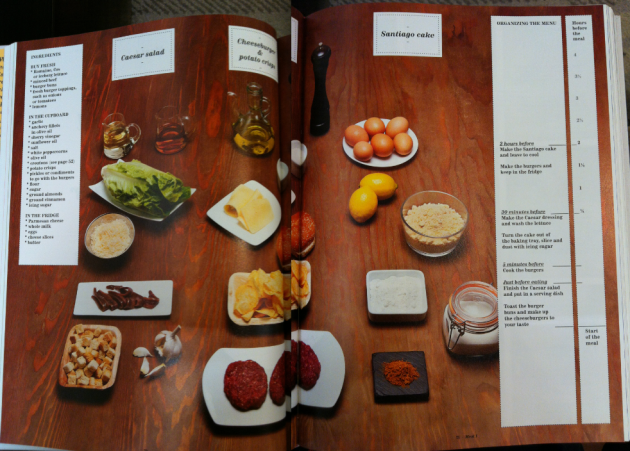
one meal is made of three dishes: starter, main, desert. left the ingredients, on top the name of the dishes, on the right the process and a timeline; counting down: serving time is zero. organization galore
In el Bulli’s system the smallest unit is a dish—self-standing, tasty, ready to be combined with other dishes. This allows to create your own meals, and you cannot really go wrong. In addition the book offers 31 well designed meals, ready to be cooked. How can this system translate to publishing? For example what would be the smallest working unit? What kind of content would work well?
A.nnotate
“A.nnotate lets you share and store notes on documents. When you upload a document A.nnotate displays it in the browser and lets you add notes and tags to specific words, phrases and regions of the page. You can share documents so that other people can add notes and replies. All notes are added to your personal document index.”
Features are: Private storage for documents and notes, On-line annotation of the documents you upload, Shared documents and folders so you can invite others to view and add notes to your documents. Indexes of all your documents and notes with searching and sorting by tag, author, note text etc. News and notifications about changes to shared folders and documents.
A.nnotate tries to focus on “ease of use and universal availability for the core concepts of annotation and collaboration.”
Strange Rain
The more you touch, however, the more strange the rain becomes: layered skies, visual anomalies and shifts in speed and color, even the occasional cataclysm if you’re not careful. Before your eyes and beneath your fingers, the familiar becomes strange, and the strange, familiar.”
WHAT MAKES RAIN STRANGE? WHEN IT’S FALLING ON YOUR SCREEN—FROM THE INSIDE.
Also a bit of a promotional tool. If you choose the story mode, you have to read what Erik Loyer wrote. You can also choose the Feed mode and that’ll retrieve twitter messages of a certain theme. It didn’t work with mine.
8 million protagonists? New York City writes itself
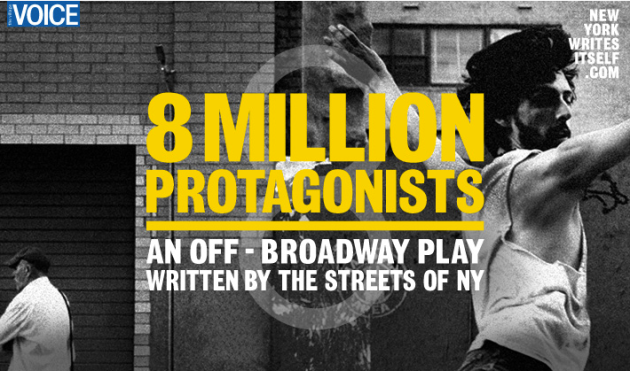
http://www.newyorkwritesitself.com/
From the Q&A section:
“1. What is New York Writes Itself?
“New York Writes Itself” is an ongoing series of creative productions fueled by the real people of New York – what people see and hear in the city is recorded as a ‘script’, which forms the inspiration for music, creative writing, art exhibitions and more.
2. What is a Scribe?
Scribes should be observational and in touch with the people of New York, ready to capture amazing moments of creativity. Scribes are people who record their observations of people in the streets of New York – great characters they see, scenes they witness, or quotes they hear. Scribes write down their observations in the ever-growing ‘script’, housed at newyorkwritesitself.com
3. Who can be a Scribe?
Potential scribes can be students, writers and generally creative individuals. To be a scribe you must be at least 18 years old and the age of majority in his or her state of residence.
4. If I am a Scribe where does my writing live?
A Scribe’s writing lives in the main ‘Script’ on the NYWI website and in your Scribe profile. You can share your submission with your personal networks thru social media outlets.
5. What is the “Script”?
When Scribes see or hear something of interest in New York, they record it on the ‘script’. The Script is a constant record of all the Scribes’ submissions. We consider the script to be the fuel that drives the creative nature of New York Writes Itself. Check it out here.”
—
Consider New York 🙂
The remix: an art form and literary intervention
“In remixthebook, Mark Amerika develops a model of contemporary theoretical writing that mashes up the rhetorical styles of performance art, poetry, and the vernacular associated with 21st century social media and networking culture.
Amerika, along with co-curator and artist Rick Silva, has invited over 25 contributing international artists, poets, and critical theorists, all of them interdisciplinary in their own practice-based research, to sample from remixthebook and manipulate the selected source material through their own artistic and theoretical filters. The curators were especially excited about working with colleagues who formally experiment with digital video, audio remixes, critical text collage, computer imaging, social media, glitch, poetry, electracy, copyleft, and online performance.
How to experience the remixes:
Each remix is either linked to its image or embedded object.
For more information on the work or the artist, please click the artist’s name.
No Flash? Click on the mobile links.”
An exercise of what one book/file can become if unlimited access is granted. Yet to sum up all the various results a hard copy book was published to bring it together and onto a shelf.
Nelson Mandela’s Center of Memory: another Google project
Good Resource: a syllabus on books
April 11: Bookishness
April 18: Artists’ Books
April 25: New approaches to page space
May 2: Bookwork
May 9: What are books?
May 15: Page to screen [note new date and time, Tuesday, 5:00pm]
May 23: Attention and distraction
May 30: How we read now
June 6: Networked books
The Virtual Codex from Page Space to E-space
“The idea of “the book” guiding design of e-books has been a commonplace, grotesquely reductive and unproductive. No single book exists, so no “idea” of “the” book could be produced in any case. The multiplicity of physical structures and graphic conventions are manifestations of activity, returned to book form as conventions because of their efficacy in guiding use. The notion of a metaphor applied to an element like a table of contents is highly misleading. This is not a metaphor at all, but a program, a set of instructions for performance. By looking to scholarly work for specific understanding of varieties of attitudes towards the book as literal space and a virtual e-space, and to artists and poets for evidence of the way the spaces of a book work, we realize that the traditional codex is also, in an important and suggestive way, already virtual. But also, that the format features of virtual spaces of e-space, electronic space, have yet to encode conventions of use within their graphical forms. As that happens, we will witness the conceptual form of virtual spaces for reading, writing, and exchange take shape in the formats that figure their functions in layout and design.” —Johanna Drucker
